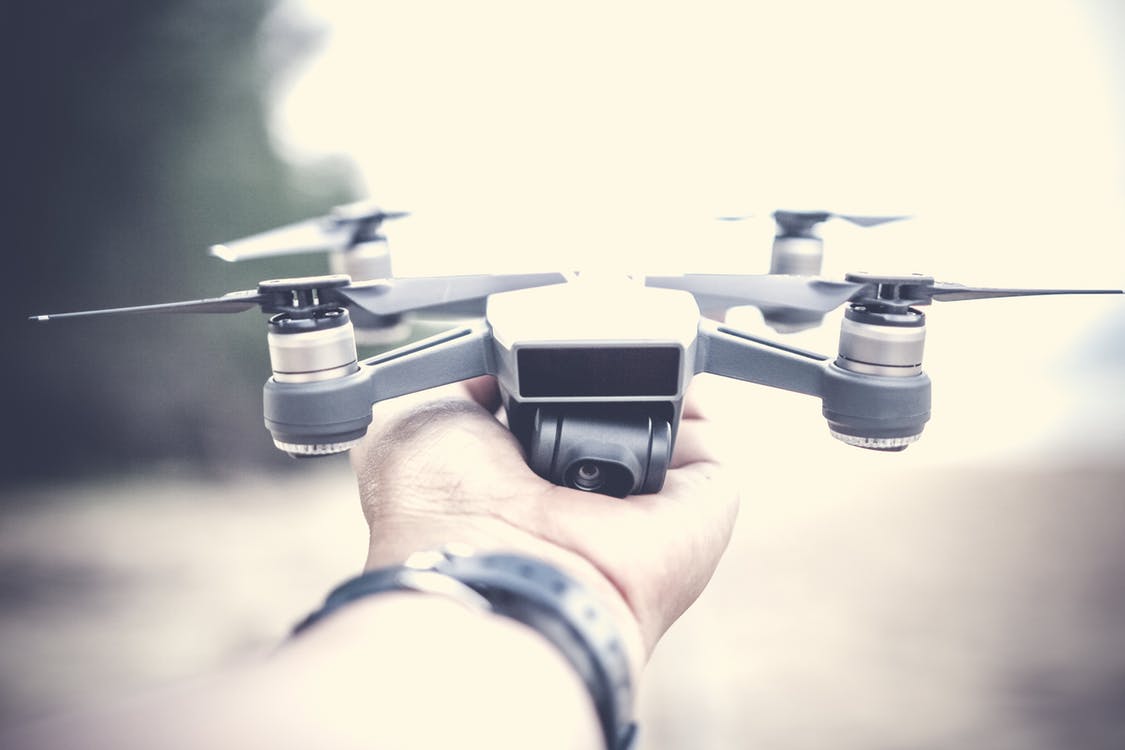
We often talk to pilots that want to practice precision flying but are afraid to break their drone. Obviously, this is a reasonable concern to have. A good quadcopter is a costly investment for most people and no one wants to watch $1,200 go down the drain. [Check out How to Set up a Successful Small Business for Less Than $1500!]
Of course, in order to make money flying drones in real estate, advertising and other industries, pilots need precision flight skills. Therefore, it is necessary to practice difficult moves at some point. Inevitably, pilots who want to make amazing drone videos should learn to fly through narrow obstacles like windows and fences.
But how do you do it? How do you practice precision flight without breaking an expensive drone?
Here’s our advice:
GET THE FUNDAMENTALS DOWN
Remember, you don’t have to go flying your drone through gates the first day you buy it. Precision flight is something that you can learn over time. It is vital that you learn basic drone skills before you ever think about precision flight. If you don’t have a solid set of fundamental skills, you won’t be able to do anything else very wall.
In our Drills and Practices Course, for example, we have our members work on fundamental skills before moving onto precision obstacles. They start with a series of line-of-sight drills designed to teach them the skills they’ll need to practice precision flight. They work through a number of FPV training exercises in different flight modes. Specifically, they practice hovering.
After all, precision flying requires you to have complete control over your drone. Your movements should always be as tiny as possible and you want to make sure you have that down before you attempt any precision moves.
GRAB YOURSELF SOME GATES
Race gates are the best tool you can use to practice precision flying. They’re extremely helpful. Essentially, gates are prefabricated obstacles designed to help you practice flying without breaking or damaging your drone. Unlike your window or the fence in your hard, practice gates will fall over when you hit them. For this reason, you never have to worry about running your drone. You may break a propellor or two, but the body of your drone will be fine.
PRACTICE WITH A LESS EXPENSIVE DRONE
If you just bought a Mavic 2 or a Phantom 4 Pro, you probably don’t want to practice precision flying with that. Obviously, breaking one of those drones is going to put a bigger dent in your pocket. Instead, practice with your old drone or buy a cheaper one to practice with. Once you’re able to master precision flight with a less expensive drone, you’ll feel much more confident about flying with a more high-end one.
If you can’t afford to lose the drone and aren’t confident in your skills, hold off until you feel more ready.
BE CONFIDENT IN YOURSELF
As with anything in life, mental obstacles are the biggest things in the way of your success. Particularly when it comes to precision drone flying, you need to build confidence in order to do it correctly. For this reason, building fundamental skills in especially necessary. Precision flight is so much easier when you’re confident in your drone skills.
Ultimately, it helps to stop thinking about what could happen. Don’t bother asking yourself, “What if?”. Take your time, remind yourself that you’re a good pilot and get to work.
Check out our Medium page for more such content
Do not forget to subscribe and Listen to Ask Drone U, the #1 drone podcast
Connect with a vibrant drone community by becoming a Drone U member







Add Your Comment